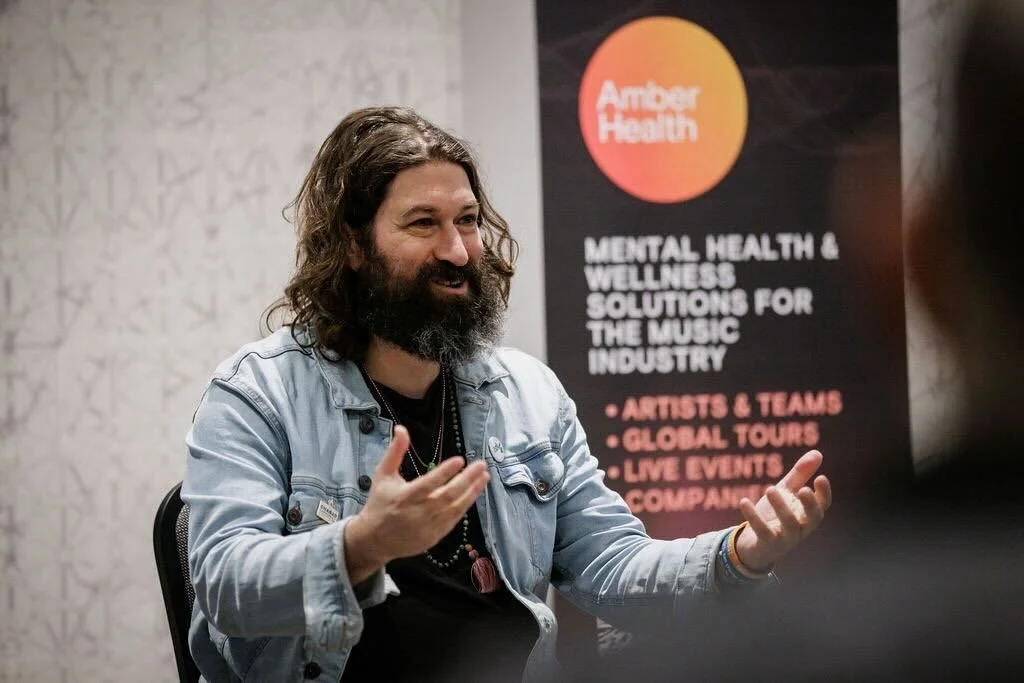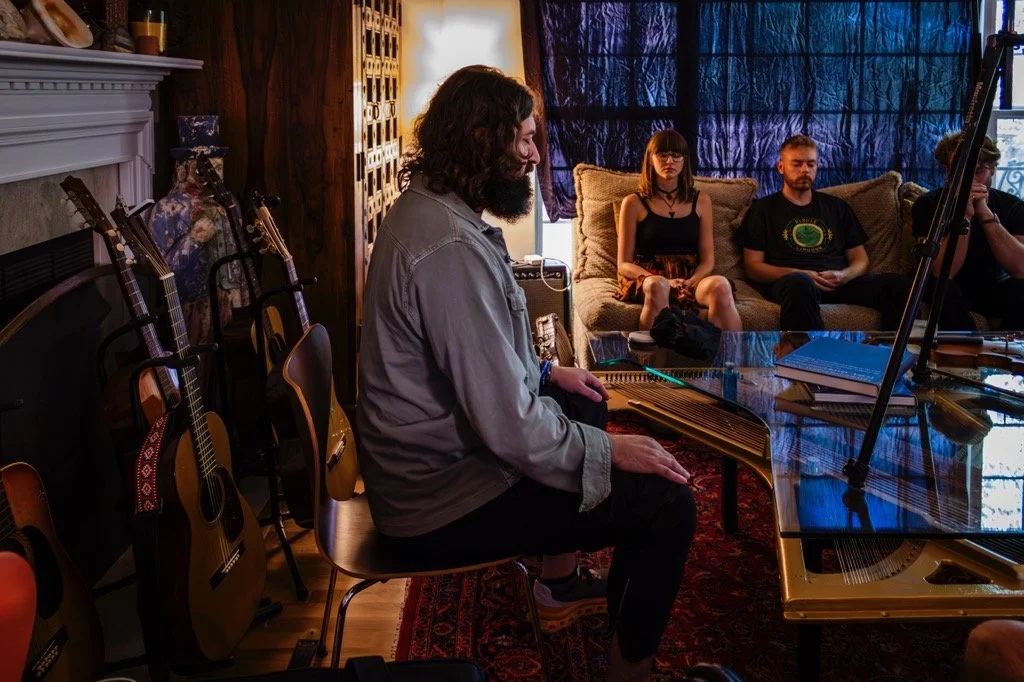Reflections on Trauma, Safety, and the Path to Healing
by Dr. Chayim Newman of Amber Health
Sometimes it takes a catastrophe to remind us how fragile life truly is. We’ve all seen the heartbreaking images and heard the stories of homes engulfed in flames, entire neighborhoods under evacuation orders, and people scrambling to find basic shelter and safety. Regardless of whether you were evacuated, lost belongings, or simply watched it unfold from afar, events like the recent LA fires can leave us all feeling unmoored and unsafe.
A Hierarchy of Needs
I often think about Maslow’s Hierarchy of Needs, which describes five layers of essential human requirements, from the most basic physical needs—air, food, shelter—to more complex emotional and social needs, like self-esteem and meaningful relationships. When a disaster strikes, our first order of business is always survival: making sure we have breathable air, enough food to get through the day, a place to sleep, and protection from immediate danger.
Organizations like MusiCares have stepped up with grants to cover groceries, hotel stays, or other urgent necessities. That tangible help is invaluable. Providing that kind of immediate assistance addresses the first rung of the ladder. The emotional toll of trauma often hits later, when we’re no longer in immediate danger and we can begin to look beyond survival.
When Survival Mode Ends
A consistent pattern often emerges once crisis subsides. In the thick of a traumatic event—whether it’s fleeing a fire, rushing to meet a tour schedule, or taking care of struggling relatives—we’re in pure survival mode. Our bodies focus on staying alive, so the profound sadness, anger, or anxiety often doesn’t present consciously until much later.
Think about how people on tour push through a grueling schedule, only to crash the minute they get home. It’s not because the stress wasn’t there on the road; it’s because our nervous system tucks those emotions away until it finally senses that it’s safe to release them. With the LA fires, I anticipate a major wave of emotional fallout once people have addressed their basic needs—finding interim housing, replacing lost belongings, and seeing to insurance claims. That’s when the gravity of the losses truly begins to sink in.
Understanding the Weight of Trauma
Trauma is fundamentally tied to loss—loss of routine, loss of safety, loss of possessions, or loss of our familiar environment. Whether one has lost their physical home or the certainty that everything will always be okay, they’re grieving something. We often walk through life assuming tomorrow will look a lot like today. Traumatic events shatter that illusion, confronting us with how precarious our world really is.
Why does one day of chaos out of hundreds of peaceful ones have the power to rattle us so deeply? Because it reveals the fragile nature of life—that none of us can ever fully guarantee our safety. That realization can be dizzying, triggering a host of emotional responses like anger, fear, denial, and sadness, all of which show up in an unpredictable sequence and with varying intensities.
Collective Trauma in a Connected World
Modern life only complicates the experience. We’re bombarded by real-time images, videos, and social media posts. We might not have personally witnessed the destruction of a friend’s home, but if we scrolled through a dozen videos of it happening, we have experienced a fraction of that trauma secondhand. Our relentless doomscrolling can retraumatize us over and over.
We witnessed a similar phenomenon during the pandemic. It was a universal, shared trauma—everyone shut inside, and everyone worried about health, finances, or missing milestone events. Rather than coming out of it more unified, the world in many ways became more fractured. It remains my hope that the current crisis, and any future crises can galvanize us to come together as a human family. We’re fragile, but we’re also deeply social beings, wired for connection and capable of supporting each other when we choose to unite.
Pathways to Healing
Healing from trauma is ultimately about rebuilding a sense of safety—physically, socially, and psychologically. As social mammals, we’re better able to cope when we have supportive networks and trusted communities. That’s exactly why, at Amber Health, the first thing we launched after the fires was a series of free support groups—both in-person and virtual.
These groups are facilitated by experienced therapists who understand our industry’s unique challenges and often have personal experiences with trauma themselves. Sharing in a group setting isn’t just about unpacking grief or anger; it’s also a powerful way to reestablish social safety. Knowing we aren’t alone can make the difference between feeling overwhelmed and finding hope.
Another critical tool is mindfulness—learning to ground ourselves in the present moment. The past may be painful, and the future can feel uncertain, but often, this exact moment is manageable. By training our minds to stay in the here and now, we can interrupt the cycle of fearing all that might go wrong tomorrow. It’s a simple yet effective way to gently ease back into a sense of security.
Looking Ahead
I am excited about upcoming benefit shows and fundraising events aimed at supporting those affected. At Amber, we’ll be working on-site, offering mental health education and a supportive presence for artists, crew, and attendees.
No matter what role we play in the events world—producer, technician, crew member, artist, or attendee—remember that we’re not alone. Trauma can spark isolation, but it can also open a door to deeper human connection and resilience. The Event Safety Alliance has long recognized the importance of physical safety, and it’s heartening to see more voices recognizing how crucial psychological safety is as well.
In the end, nature will always remind us how fragile we are. And yet, we continue to band together to create experiences that uplift and inspire. The path forward lies in acknowledging our vulnerability while leaning on each other—staying grounded in the moment and showing up for one another whenever crisis strikes. That is how we truly heal.
—-
About Amber Health
Amber Health provides tailored mental health and wellness solutions to all sectors of the music industry, including tours, companies, and live events. Their team of clinicians understands the unique pressures of working in the music industry and strives to support the industry in the face of crises by creating safe, supportive spaces where individuals can reset, heal, and build resilience.


